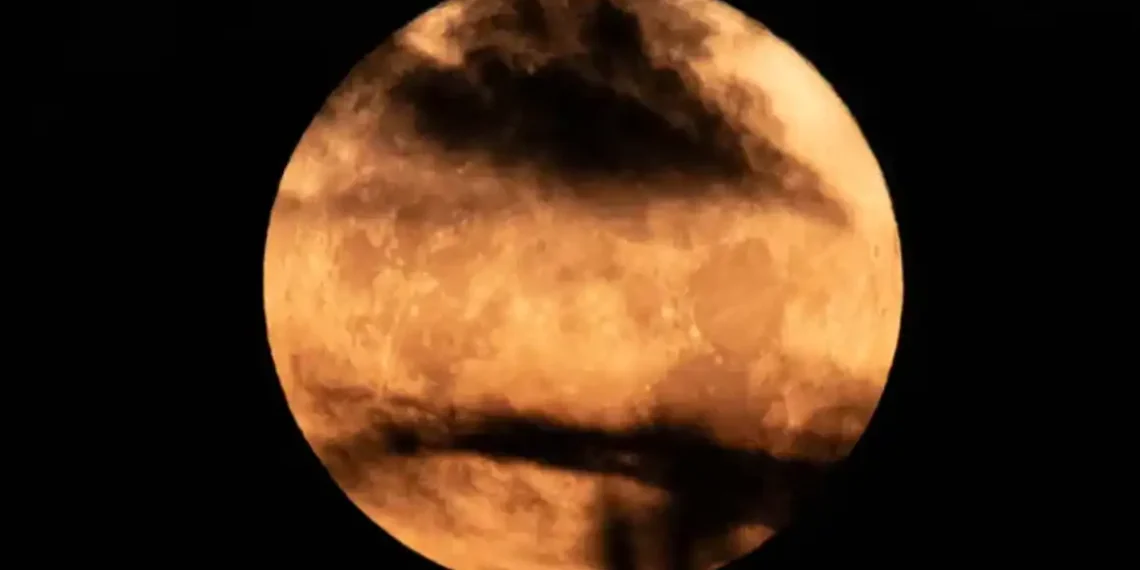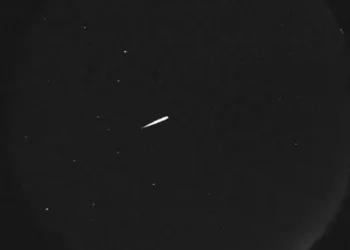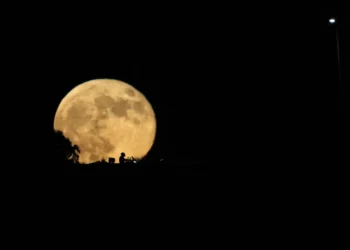Buck Moon to Illuminate Skies on July 10
Stargazers and night-sky enthusiasts, mark your calendars. The July full moon, known as the Buck Moon, will rise on Thursday, July 10, delivering a striking celestial show just after sunset.
Peaking at 4:36 p.m. EDT (2036 GMT), the full moon won’t be visible until it climbs above the horizon later that evening in your local time zone. For example, in New York City, the moonrise is expected around 8:53 p.m.
To find the precise time for your location, check reliable astronomy sites like timeanddate.com or in-the-sky.org.
Why It’s Called the Buck Moon
The name “Buck Moon” comes from a natural event in North American wildlife—July is the time when male deer, or bucks, begin to regrow their antlers after shedding them earlier in the year.
It’s also been called the “Thunder Moon”, a nod to the seasonal storms common during the summer months in many parts of the U.S.
A Rare Orbital Alignment in 2025
This year’s Buck Moon coincides with a unique cosmic event. Just days earlier, Earth reached aphelion—the point in its orbit when it’s farthest from the sun. That makes this the most distant full moon from the sun in 2025.
Adding to the spectacle is a phenomenon known as a Major Lunar Standstill. Occurring once every 18.6 years, it happens when the moon’s orbit reaches its greatest tilt due to the sun’s gravitational pull. The result? The moon’s path appears especially low or high in the sky depending on the season—this time, it’ll appear unusually low in the evening sky after sunset.
What to Watch For
Shortly after moonrise on July 10, viewers can expect a visually dramatic lunar appearance. The moon will hover low on the horizon, creating what’s known as the “Moon Illusion.” Though the moon’s size never actually changes, it will appear larger and more imposing to the naked eye when it’s near the horizon.
Additionally, the Buck Moon may appear golden or reddish in color. This effect, caused by Rayleigh scattering, is the same atmospheric process responsible for vivid sunrises and sunsets. As moonlight travels through more of Earth’s atmosphere when the moon is low, shorter blue wavelengths scatter, leaving behind warmer hues.
A Nod to the Apollo 11 Legacy
This month’s full moon also comes with historical significance. July 20 marks the 56th anniversary of the Apollo 11 landing, when Neil Armstrong and Buzz Aldrin became the first humans to walk on the moon in 1969.
To honor that milestone, astronomy buffs can challenge themselves to locate the six Apollo landing sites on the lunar surface. While some can be identified with the naked eye, a 6-inch telescope can enhance the experience, revealing the contrasting textures of lunar highlands and ancient lava plains near the historic zones.
Viewing Tips
- Best Time to Watch: Just after moonrise on July 10 in your local time zone.
- Ideal Viewing Conditions: Find a clear horizon and low light pollution.
- What You’ll See: A large, low-hanging moon with warm coloring and strong visual impact.
- Bonus Activity: Look for Apollo landing site regions using a telescope or lunar map.
Whether you’re a seasoned astrophotographer or simply stepping outside for a moment of wonder, this year’s Buck Moon is a perfect reminder to look up.
This article was rewritten by JournosNews.com based on verified reporting from trusted sources. The content has been independently reviewed, fact-checked, and edited for accuracy, neutrality, tone, and global readability in accordance with Google News and AdSense standards.
All opinions, quotes, or statements from contributors, experts, or sourced organizations do not necessarily reflect the views of JournosNews.com. JournosNews.com maintains full editorial independence from any external funders, sponsors, or organizations.
Stay informed with JournosNews.com — your trusted source for verified global reporting and in-depth analysis. Follow us on Google News, BlueSky, and X for real-time updates.














